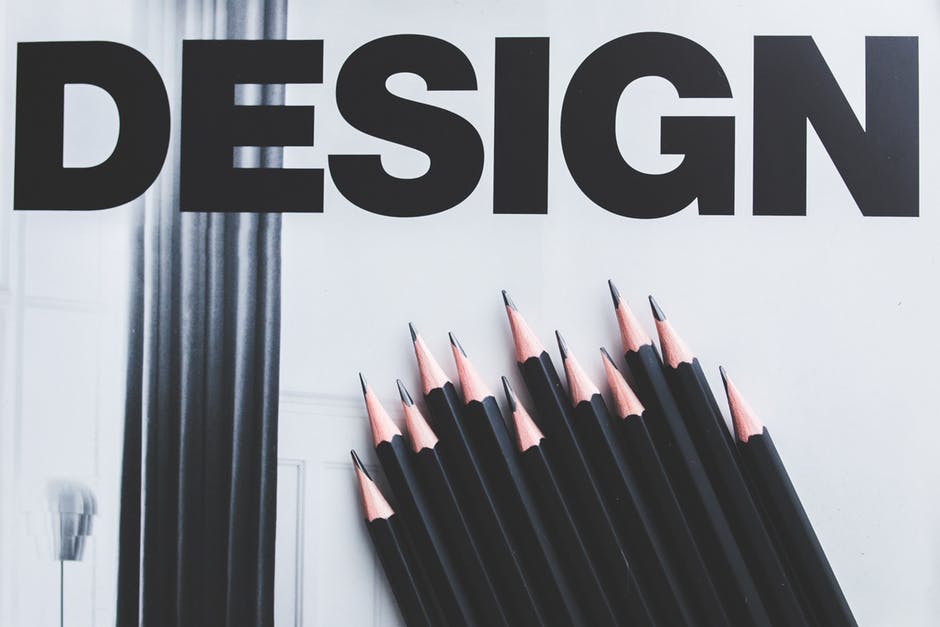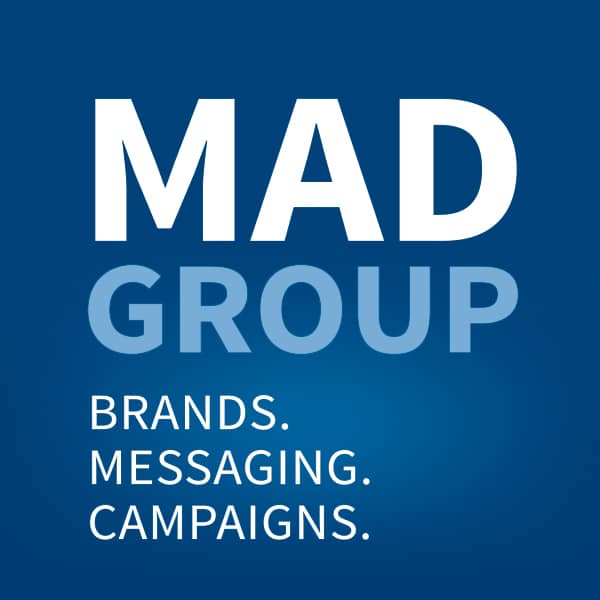The Essential Steps in the Branding Process

Close your eyes and think of Coca Cola. Now think of Nike. Now try Apple. Those logos, colors, and images are probably vivid in your head. You might never have owned an Apple product or worn a pair of Nikes. But you know their style and logos without even thinking.
That’s the power of branding.
It’s more than just knowing a company though. The branding process is present at every level of a successful business and creates a cohesive, living brand that the audience can identify.
Do you want your brand to be strong and clear from the start? Do you want people to immediately think of your business when they need the services or products that you offer?
Well, it all begins with your branding. Let’s dive into the branding process and look at how a powerful brand is created.
What Exactly Is a Brand?
A brand is a set of identifying characteristics that separate your business from another.
The first thing you might think of in branding is the logo. And logos are extremely powerful. This is the visual side of branding that extends to the colors, font, and image types your brand uses.
A brand is also made up of its communication, how it speaks to its audience and the type of language it uses, even down to the punctuation.
Beyond this, a brand defines how customers feel during and after they use your services. Do they feel like they’ve made a friend? Like they’ve conducted a serious transaction?
Fundamentally, a brand is a look, feel, sound, and experience unique to your business.
How Do You Build a Brand?
If building a powerful brand was easy, most businesses would see endless success. But many simply choose a logo and a font and think they’re done.
There’s so much involved in building a brand but there’s no need to feel overwhelmed. When you take the branding process step-by-step, you’ll watch it come together before your eyes.
1. Who Is Your Audience?
You can’t build a brand without understanding your audience for a very simple reason. You want to attract your audience to your brand and not all audiences are attracted by the same thing.
A furniture company targeting a young, modern audience isn’t going to succeed if their branding is old-fashioned and conservative.
The first thing to do is to create a customer profile. You’ll need to know:
- What age range is your ideal customer?
- What education level do they have?
- What budget do they have?
- Do they have a family?
- Where do they live? City? Rural? Suburban?
- Are they impulse buyers or considered buyers?
- What problems do they face?
It can be easy to create a customer profile but harder to know if they exist. Look at market trends, competitors’ customers, and even conduct market research.
2. Why Does Your Business Exist?
Now you know who your audience is, you’ll need to know exactly how your business can help them. This is where market research becomes crucial.
Once you’ve identified your audience, you can ask them about the struggles they have with existing products or services related to your business. By getting real feedback, you’ll have invaluable information about how you can help.
This will also allow you to see if your business is necessary and in-demand. If you’re trying to sell something that no one needs or wants, your job will be considerably more difficult, if not impossible.
When your business has a clear reason for existing and will solve a problem for your audience, you can build it into your branding.
3. What Makes You Different?
When there is no difference between you and your competition, your audience will be forced to go off the price. That’s a sure race to the bottom.
Branding helps you display clearly why you’re different. Apple and Microsoft both sell computers, but Apple’s branding makes them stand out. It’s clean, modern, user-driven, and shows their audience how great they’ll feel using Apple’s products.
This reflects Apple’s actual products, which are sleek, modern, and fun to use.
4. The Look of Your Brand
Now onto the fun part. What does your brand look like?
Visuals are much easier to absorb than text so are exceptionally important for branding. Having a professional logo designed that develops brand awareness is a solid starting point.
Brand visuals extend to the color palette your business uses as well. Not just blue and white, but the exact HTML color code for each color. This will keep your visual branding consistent.
If you’re selling physical products, branding extends to the look and feel of the packaging as well as the product itself. A strong brand is developed when every part of your business aligns.
5. What Language Do You Speak?
You’d probably talk to a senator in a different way than you’d talk to your best mate at the bar. We modify our language every day to suit the people we’re interacting with.
Your business has a clear audience and you need to communicate with them in an appropriate way. By creating brand communication guidelines, you can pin down the exact tone of voice, language, and punctuation that your brand will use.
To do this, you need to find out how your audience speaks. Do they use slang? Are they informal? Do they like chatty, fun businesses? Or do they want formal, professional language?
Having a recognizable tone of voice helps your brand become consistent, trustworthy, and personable.
How to Keep Your Branding Consistent
You’re going to put a lot of hard work into developing a cohesive and comprehensive brand but consistency is the only way to strengthen it. When your audience starts to understand your brand and recognize it, your reputation will grow.
The easiest way to keep your branding consistent is to have guidelines for every area of your brand. From communication to photographic guidelines, you’ll always know exactly what to do to stay on brand.
For small businesses looking to expand, brand guidelines will help your future employees stay on brand as well.
Excel at the Branding Process
The more familiar you become with your audience and your brand, the easier it will be to add in different types of marketing.
You’ll have set brand fonts, so you’ll never need to choose a font again. You’ll have a defined color palette so your designers will always know what they’re working with.
A strong branding process can go like clockwork when it’s in place. But building a strong brand takes time and dedication. If you want the strongest brand possible, we can help. Get in touch to chat about our branding services and we’ll do the hard work for you.
